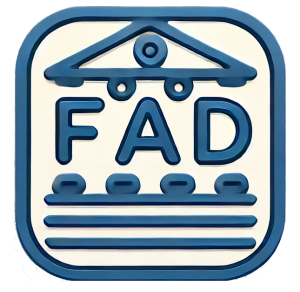Esempio di immagine vettoriale SVG
Completion requirements
L'immagine (compresa di relativa animazione) dovrebbe essere visualizzata correttamente da un qualunque browser moderno. Per modificare l'immagine si può usare un qualunque editor di testi oppure ricorrere ad un software specifico come, ad esempio, Inkscape o LibreOffice.
Questo è il contenuto dell'immagine se la salvate e la aprite con un editor di testi:
<!DOCTYPE svg PUBLIC "-//W3C//DTD SVG 1.0//EN"
"http://www.w3.org/TR/2001/REC-SVG-20010904/DTD/svg10.dtd">
<svg xmlns="http://www.w3.org/2000/svg"
xmlns:xlink="http://www.w3.org/1999/xlink"
width='300px' height='300px'>
<title>Small SVG example</title>
<circle cx='120' cy='150' r='60' style='fill: gold;'>
<animate attributeName='r' from='2' to='80' begin='0'
dur='3' repeatCount='indefinite' /></circle>
<polyline points='120 30, 25 150, 290 150'
stroke-width='4' stroke='brown' style='fill: none;' />
<polygon points='210 100, 210 200, 270 150'
style='fill: lawngreen;' />
<text x='60' y='250' fill='blue'>Hello, World!</text>
</svg>
